0800 8332400RegisterLogin
Region
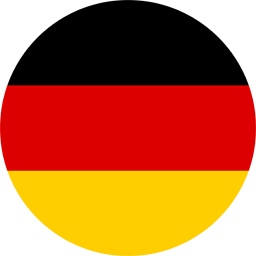 DeutschlandLanguage
DeutschlandLanguage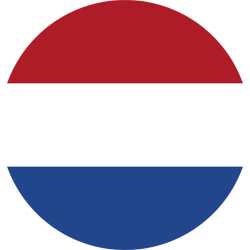 Nederland
Nederland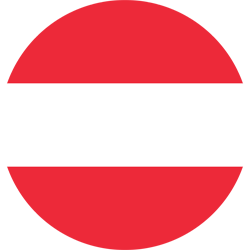 Österreich
Österreich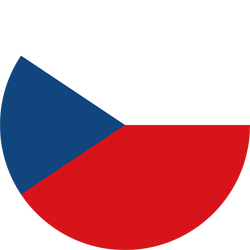 Česko
Česko Slovensko
Slovensko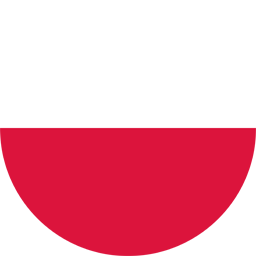 Polska
Polska France
France BelgiëLanguage
BelgiëLanguage Italia
Italia
Well folded instead of crookedly wound, this is the roll fold with cross fold. It is produced in the same way as the cross fold with roll fold - only the other way round: First it is folded twice vertically in one direction, then once horizontally. In the end, however, the wraparound cross-fold also has 12 pages.
